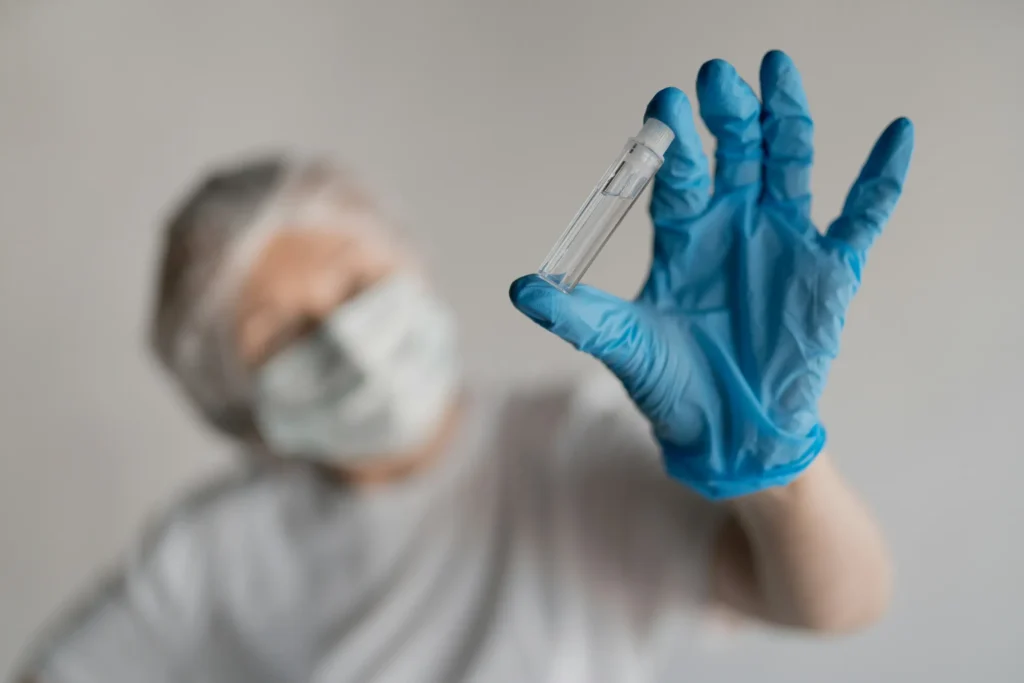Most men recover from vasectomy with little to no long-term pain. In fact, for the majority, recovery takes about a week, and life returns to normal. But for a small percentage, pain can appear months or even years later sometimes during ejaculation, sometimes as a dull ache in the testicles or groin.
This guide explains what’s normal, what might be happening, and when to get checked by a doctor.
Is Pain After Vasectomy Normal?
It’s normal to have some soreness, swelling, or mild pain for 1–2 weeks after the procedure. What’s not considered normal is pain that starts months later, or pain that gets worse over time. While uncommon, delayed pain affects about 1–2% of men, and in rare cases it may develop into Post-Vasectomy Pain Syndrome (PVPS).
Types of Pain Reported After Vasectomy
- Pain during ejaculation: Pressure-like or sharp pain at orgasm, often described as “build-up pain.”
- Dull ache in the testicle(s): Constant or intermittent, sometimes radiating into the groin or thigh.
- Shooting or stabbing pain: May be nerve-related or linked to scar tissue.
- Pain with erections: Less common, but can occur if congestion or nerve irritation is present.
Possible Causes of Pain Months or Years Later
- Congestive pain: Backpressure from blocked sperm flow can cause discomfort, especially during ejaculation.
- Sperm granuloma: A small lump that forms when sperm leaks from the cut end of the vas deferens. Sometimes painful, sometimes not.
- Nerve irritation: Nerves in the scrotum may become irritated or hypersensitive after surgery.
- Chronic inflammation: Rarely, lingering immune response can lead to long-term pain.
- Post-Vasectomy Pain Syndrome (PVPS): Chronic scrotal or ejaculatory pain lasting 3+ months and interfering with quality of life.
When Is It a Red Flag?
Seek medical advice if you experience:
- Pain that is worsening over time instead of improving.
- Severe pain during ejaculation that interferes with sexual function.
- A lump or swelling that doesn’t resolve with rest/ibuprofen.
- Pain radiating into the groin, thigh, or abdomen.
- Any new pain months or years after a completely normal recovery.
Treatment Options for Long-Term Vasectomy Pain
Treatment depends on the cause, but may include:
- Rest and anti-inflammatories: For mild flare-ups.
- Supportive underwear: Reduces strain on the testicles.
- Pelvic floor therapy: Can help if muscles/nerve pathways are involved.
- Nerve blocks or medication: Target chronic pain pathways.
- Surgical options (rare): Vasectomy reversal, epididymectomy, or removal of clips/granulomas in severe cases.
How Rare Is Long-Term Pain?
While stories online can be alarming, it’s important to keep perspective. The vast majority of men do not develop long-term pain after vasectomy. For those who do, most cases can be managed with conservative treatment. Only a very small percentage require surgery.
Final Thoughts
Pain months or years after vasectomy is uncommon but real. The key is not to ignore it. If pain is affecting your sex life, daily comfort, or emotional wellbeing, see a urologist. Most causes can be identified and treated, and in rare cases where surgery is needed, options exist.
Learn more in our detailed guide on Post-Vasectomy Pain Syndrome (PVPS), or explore vasectomy complications for a wider overview.
Next step: If you’re experiencing new or worsening pain, contact your doctor or a local urologist. You can find vasectomy providers by state here.

